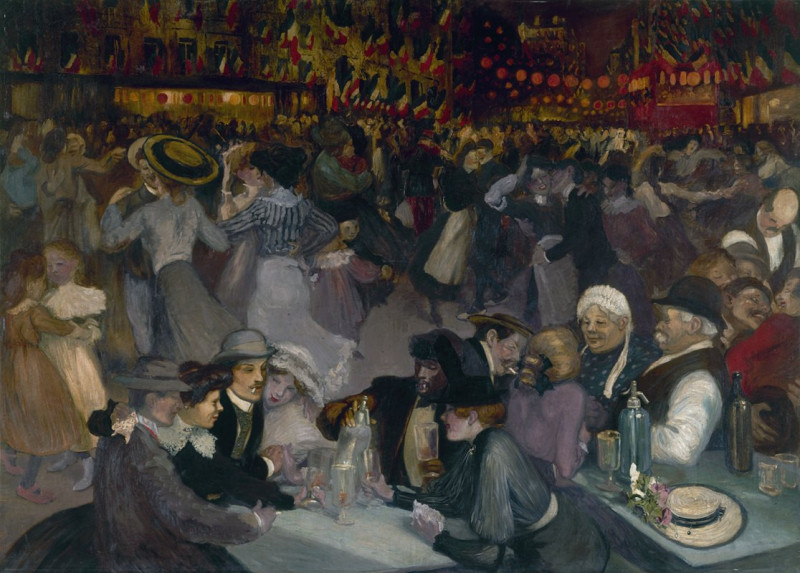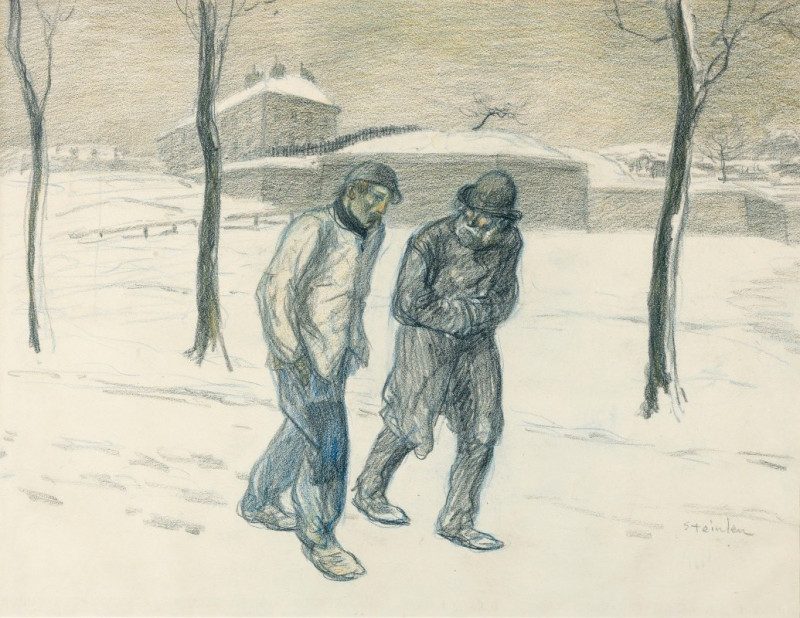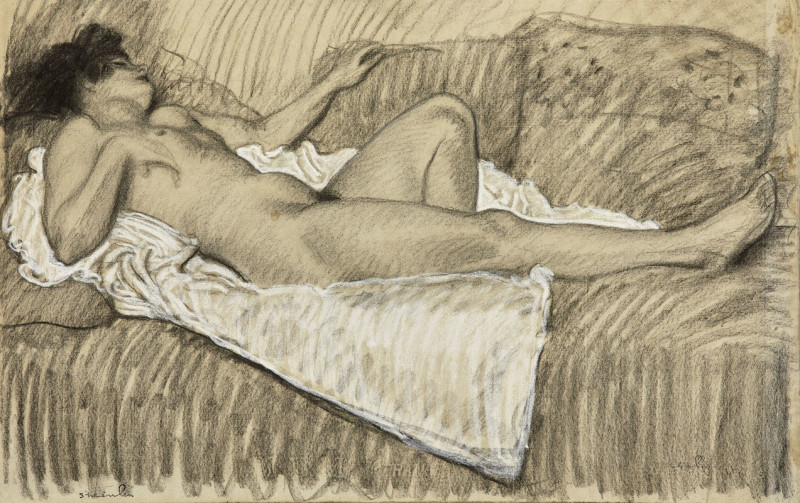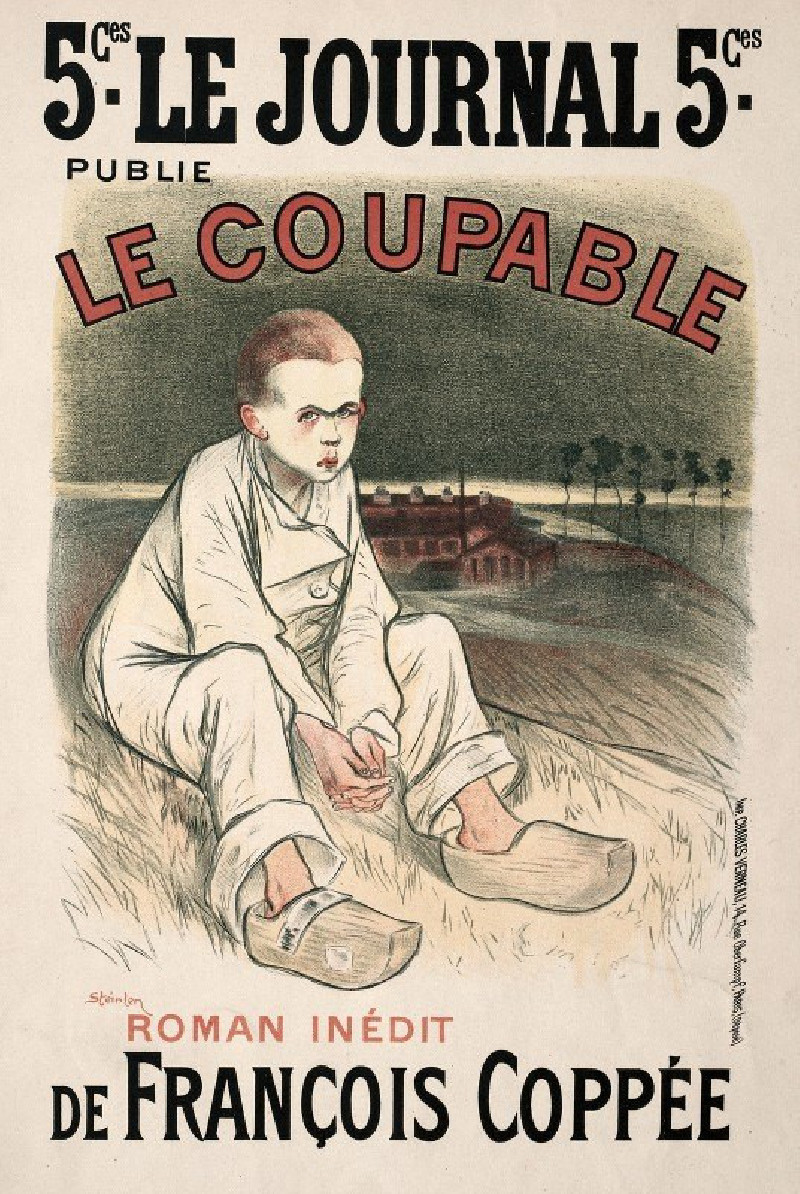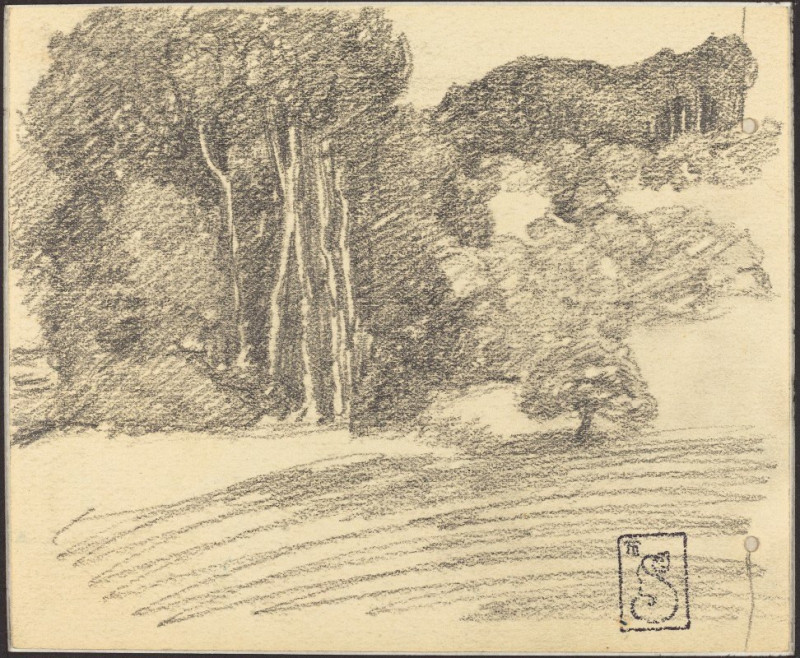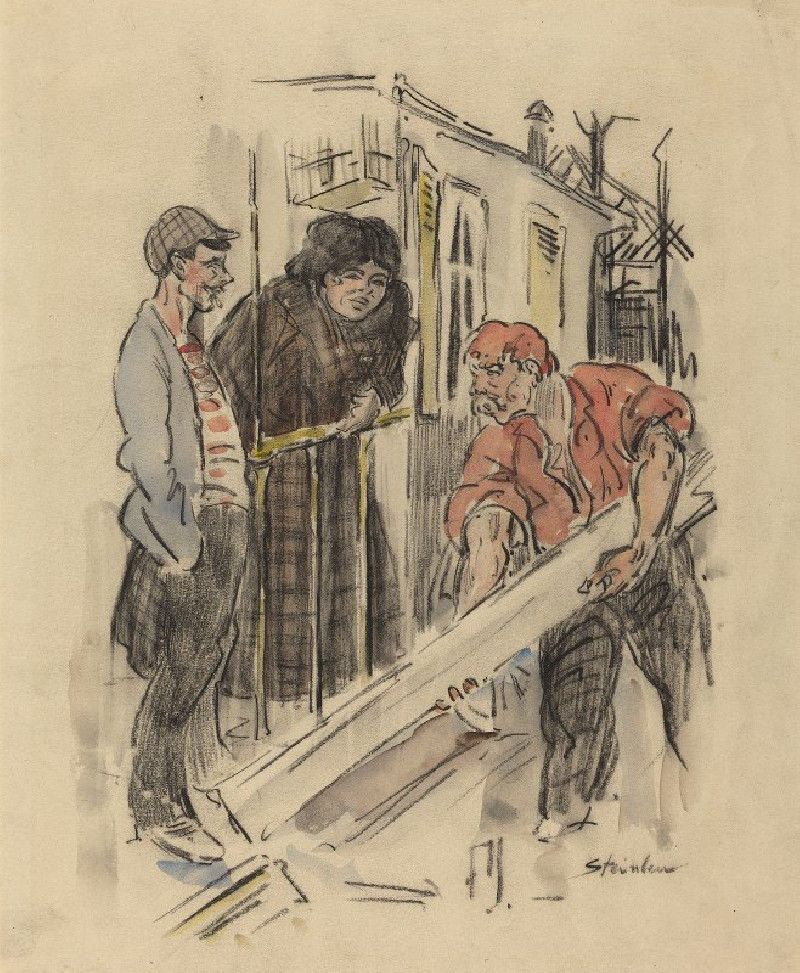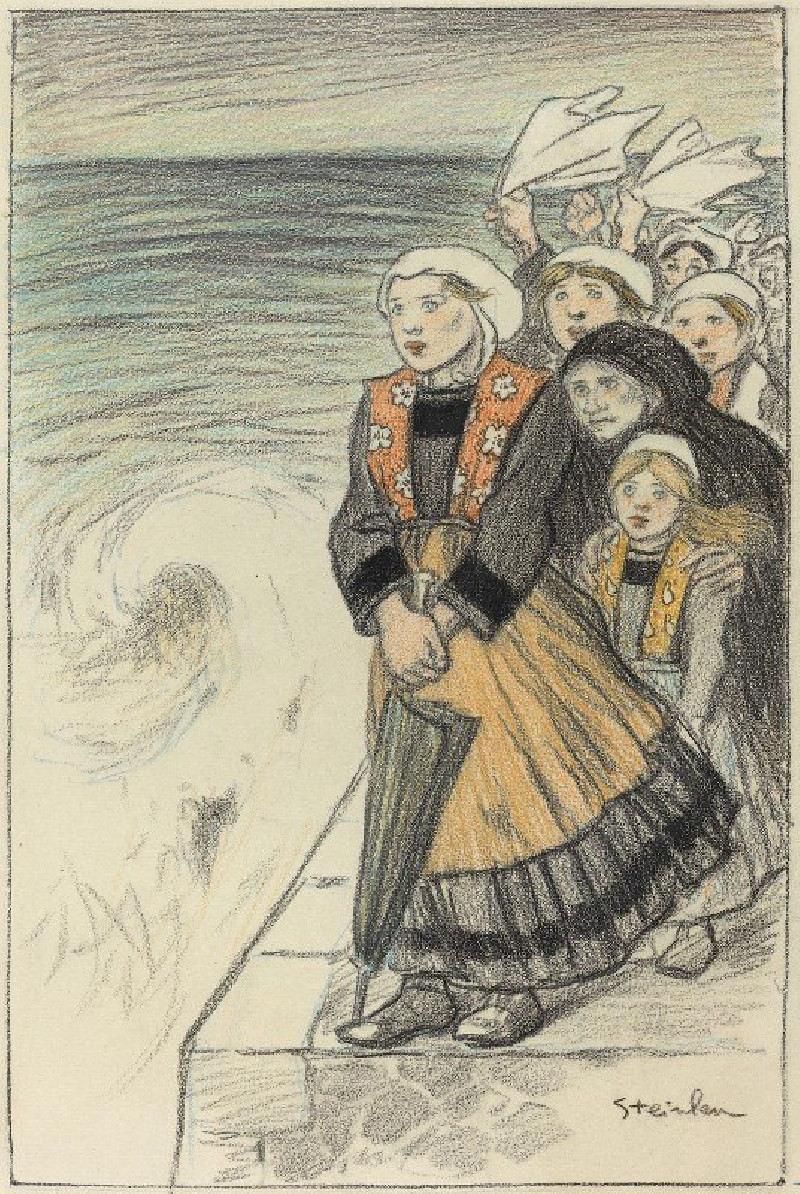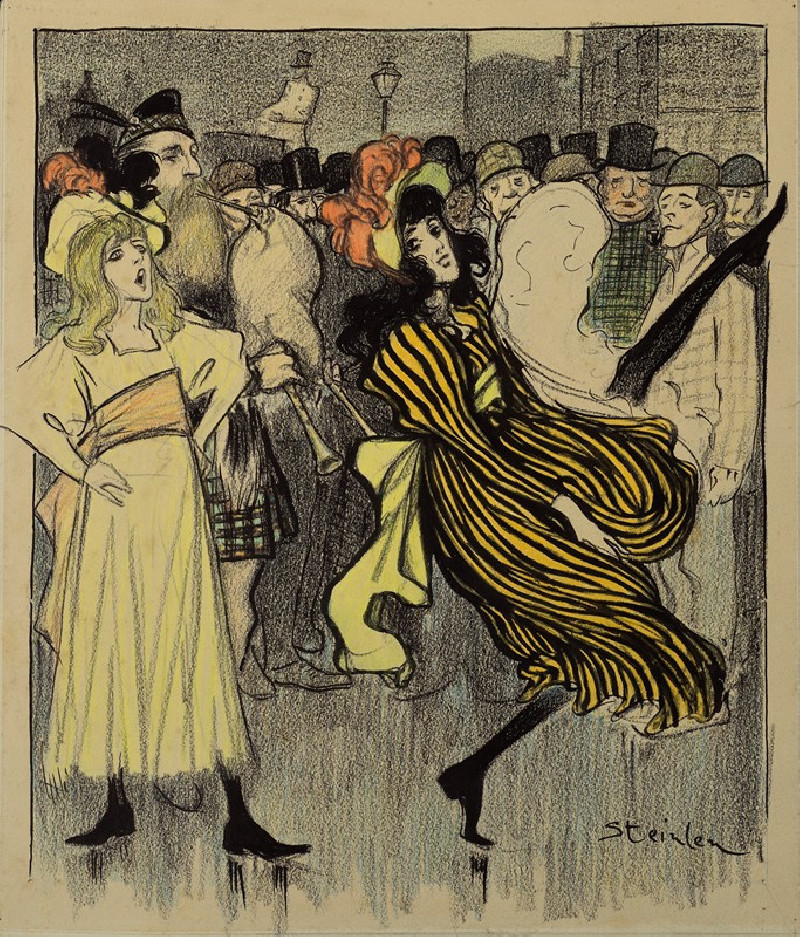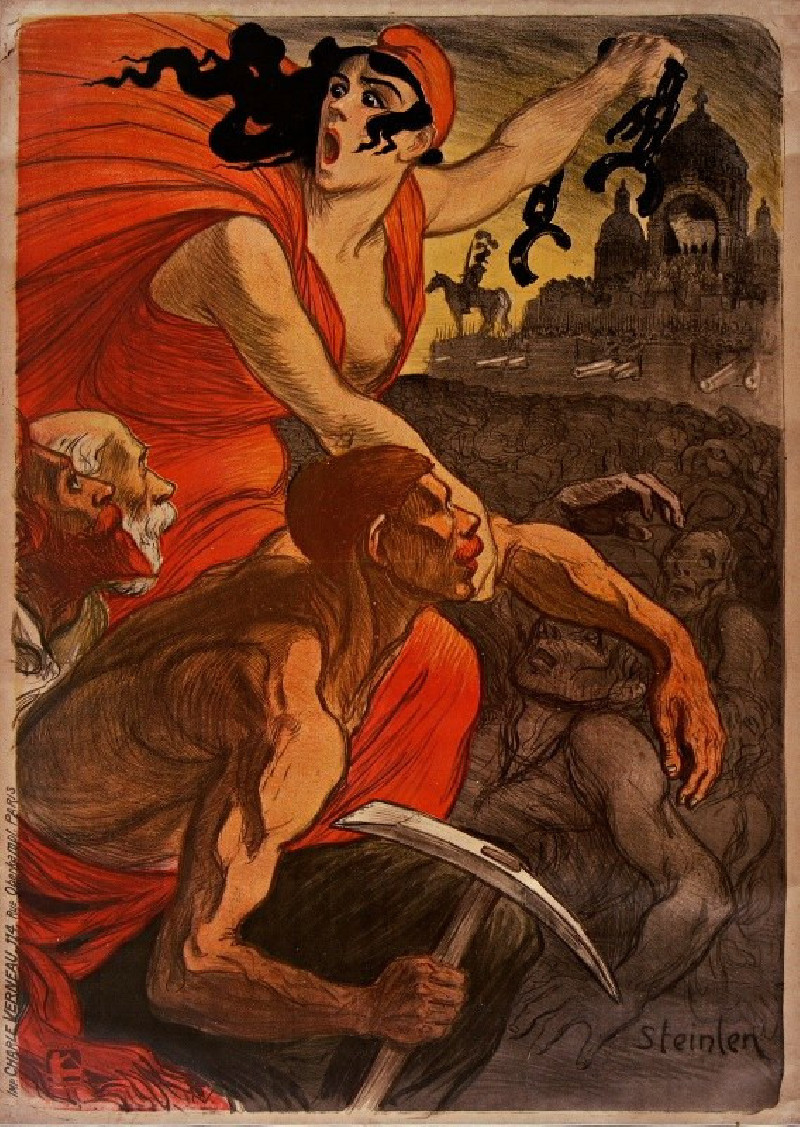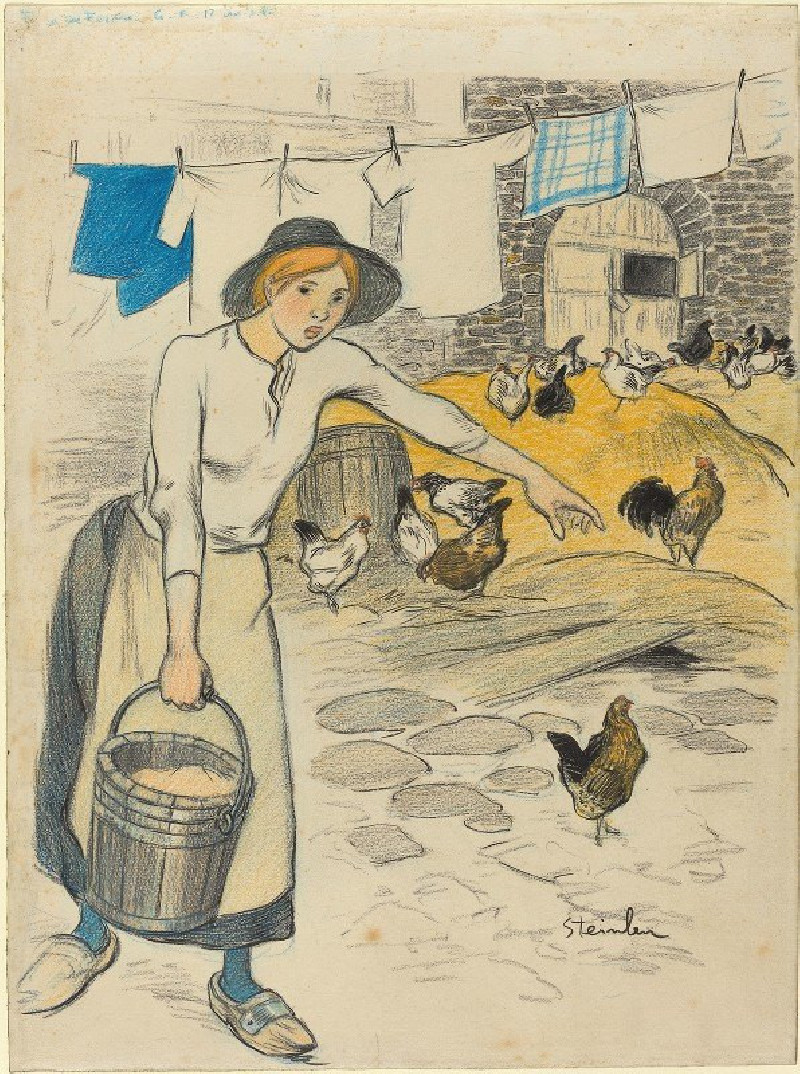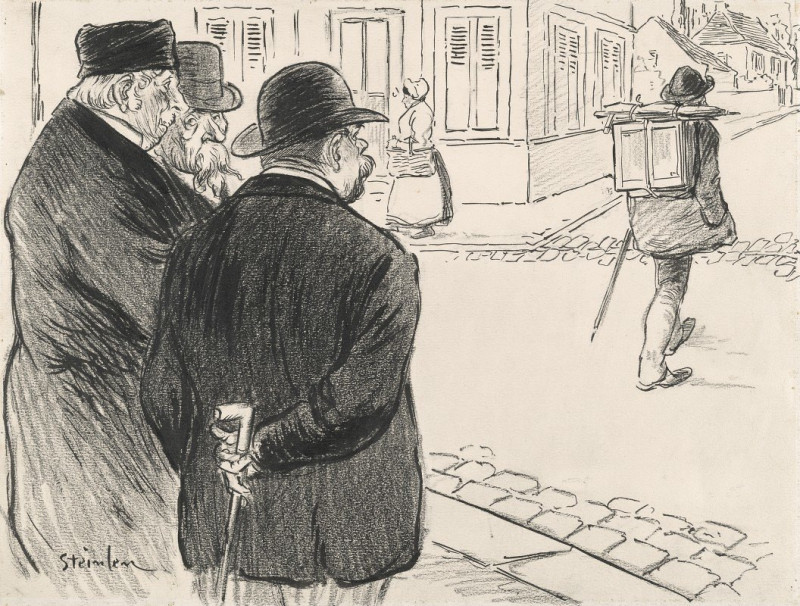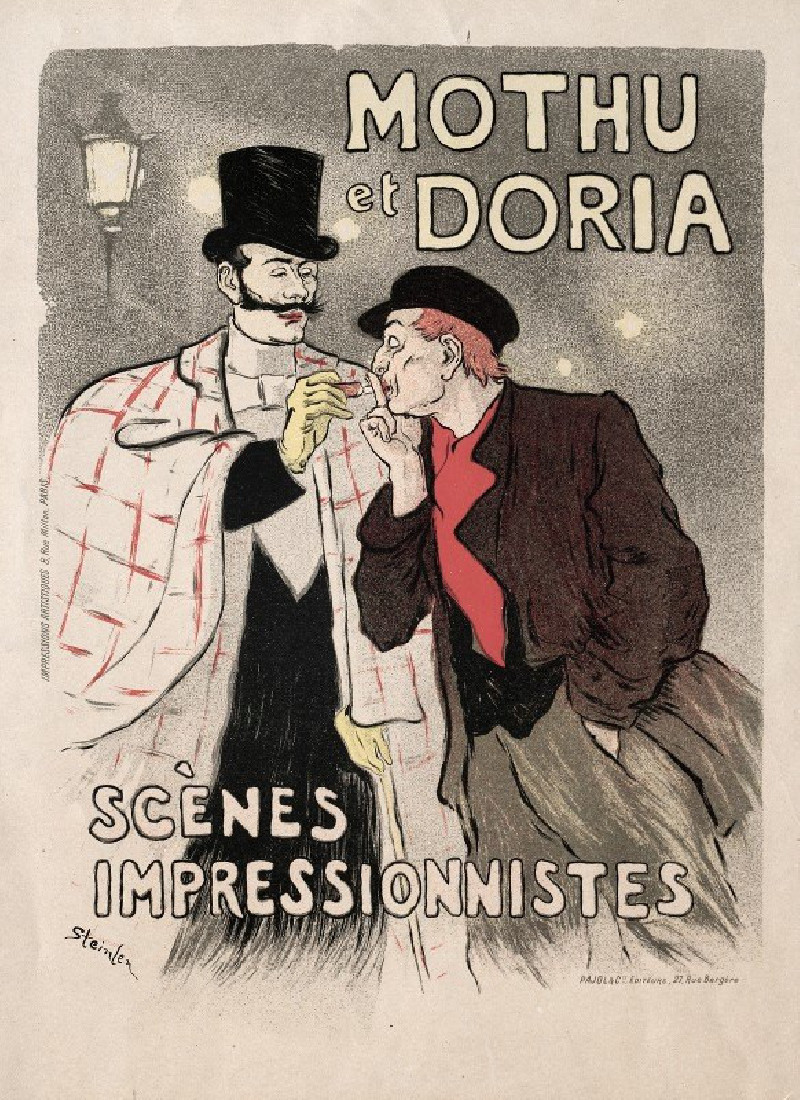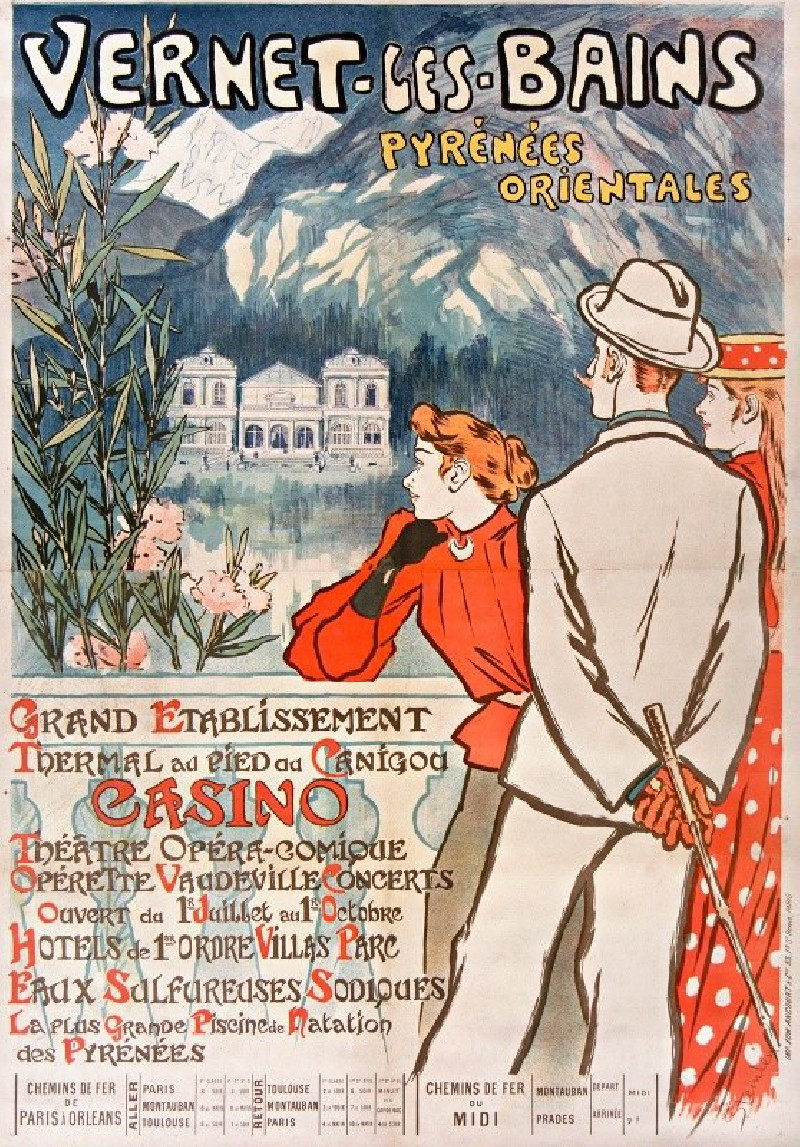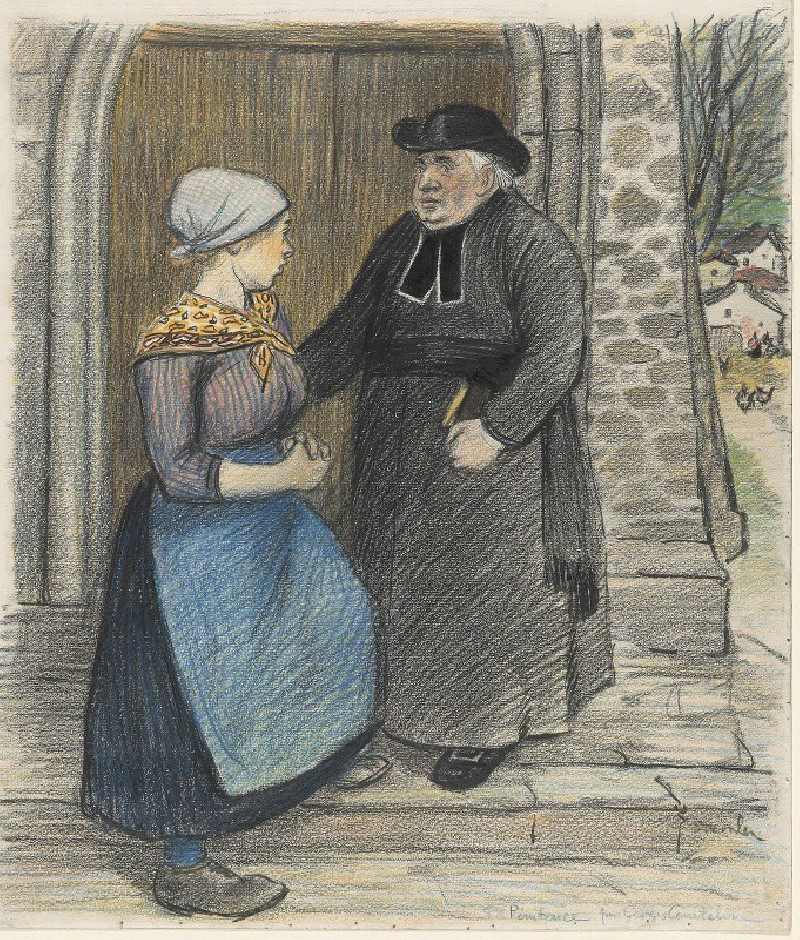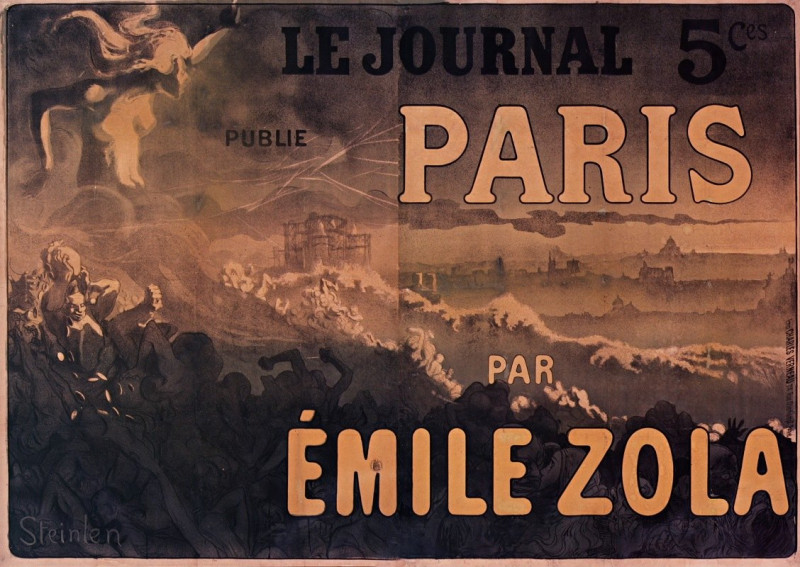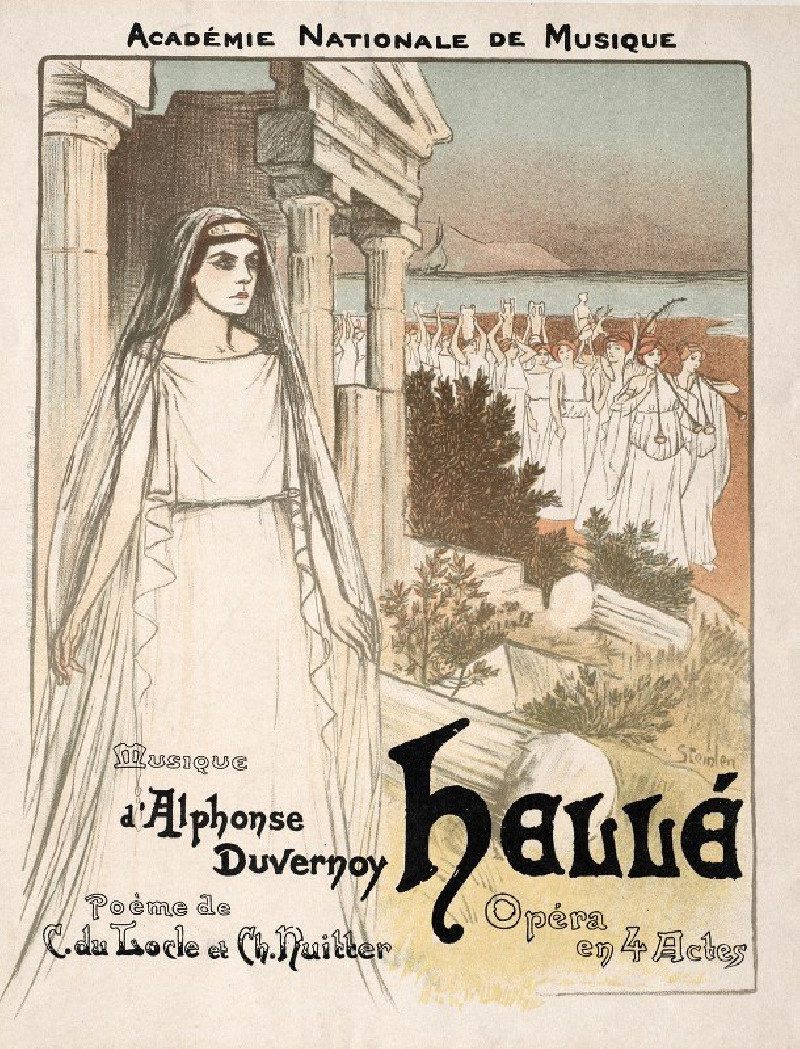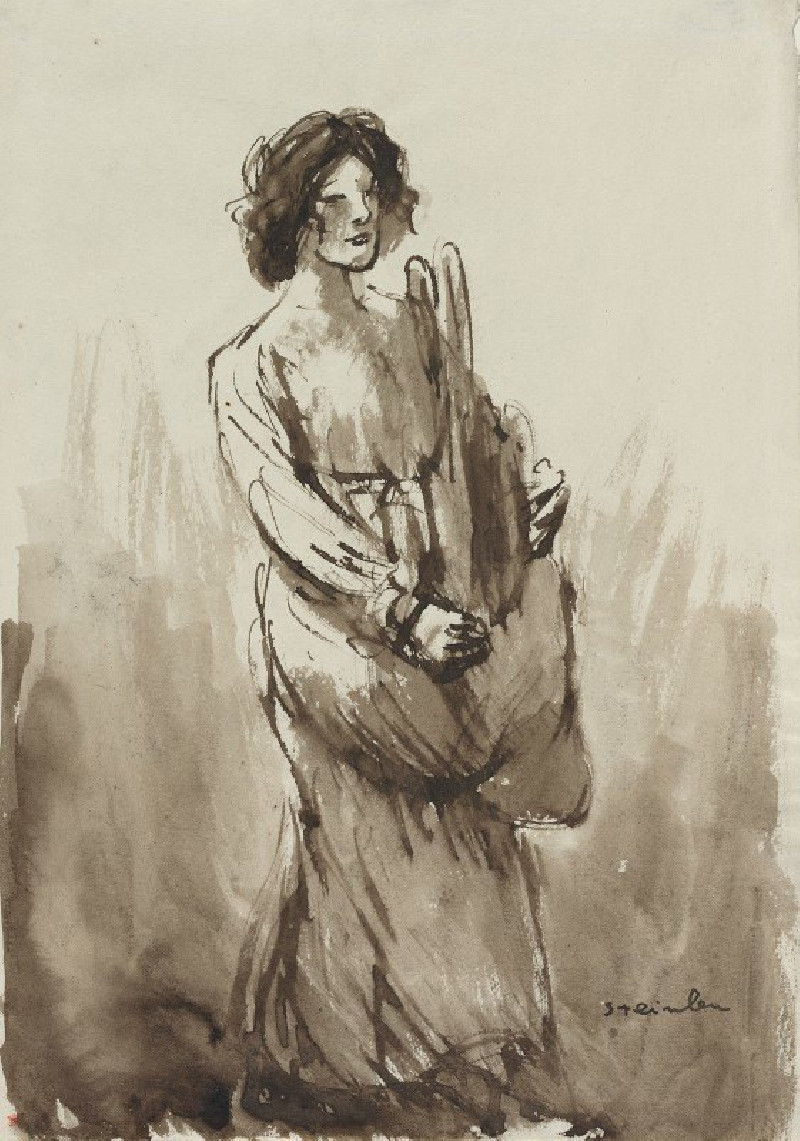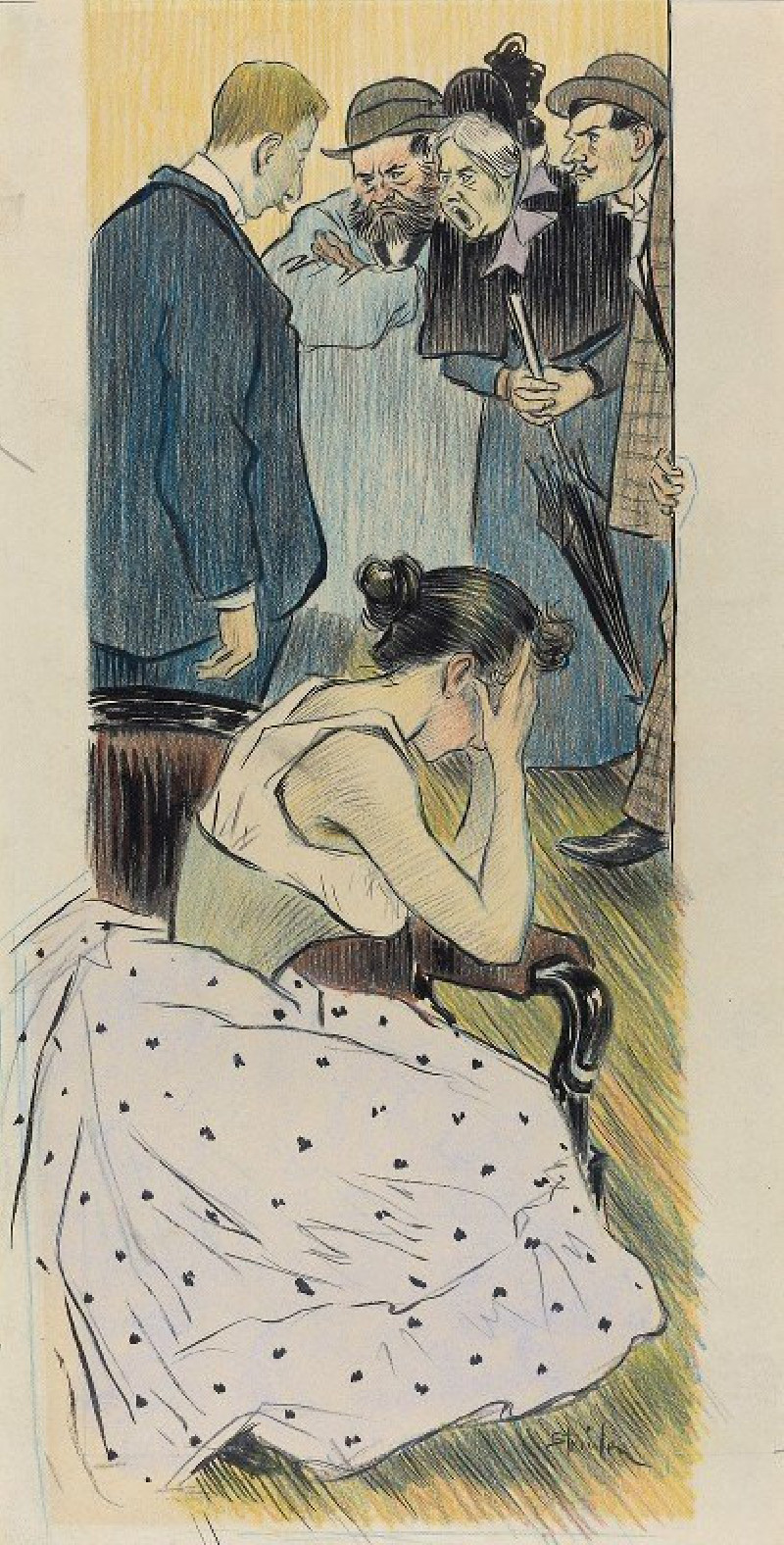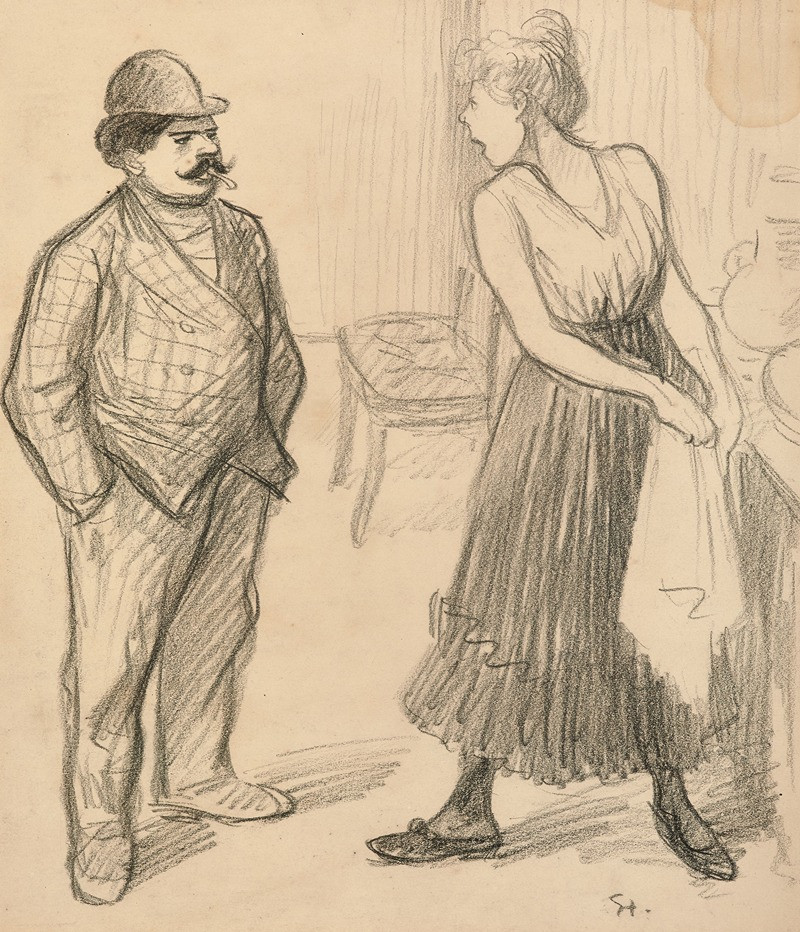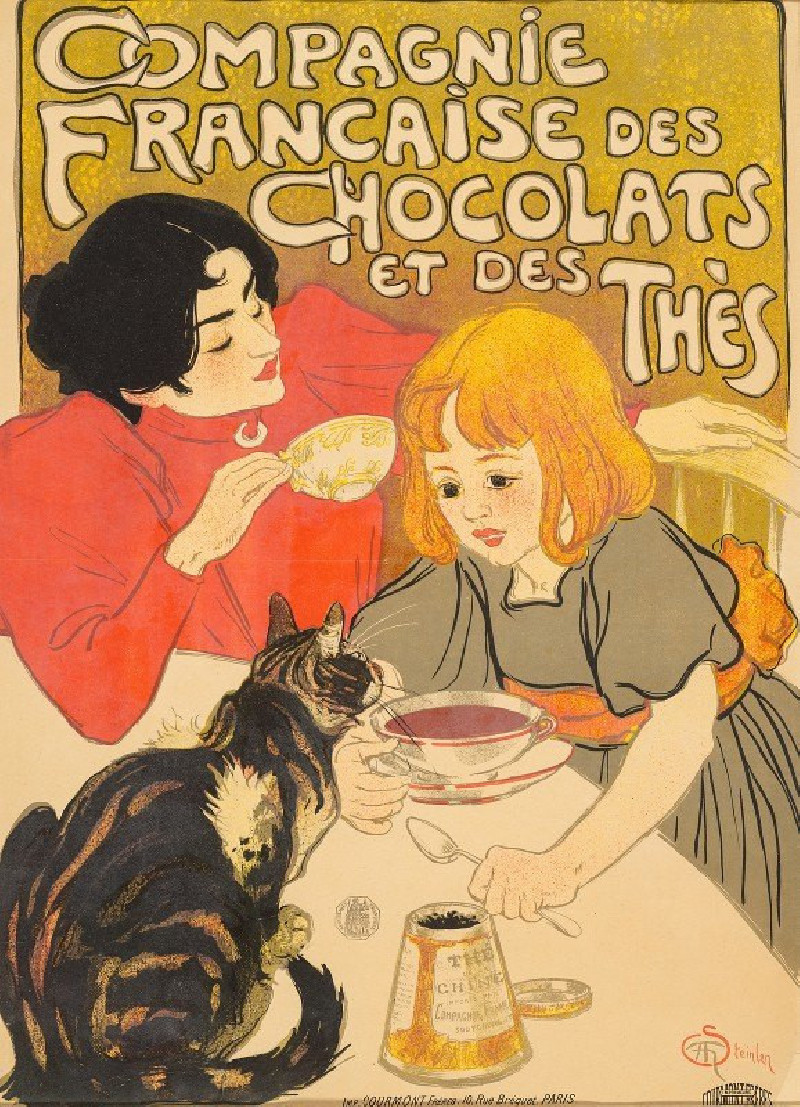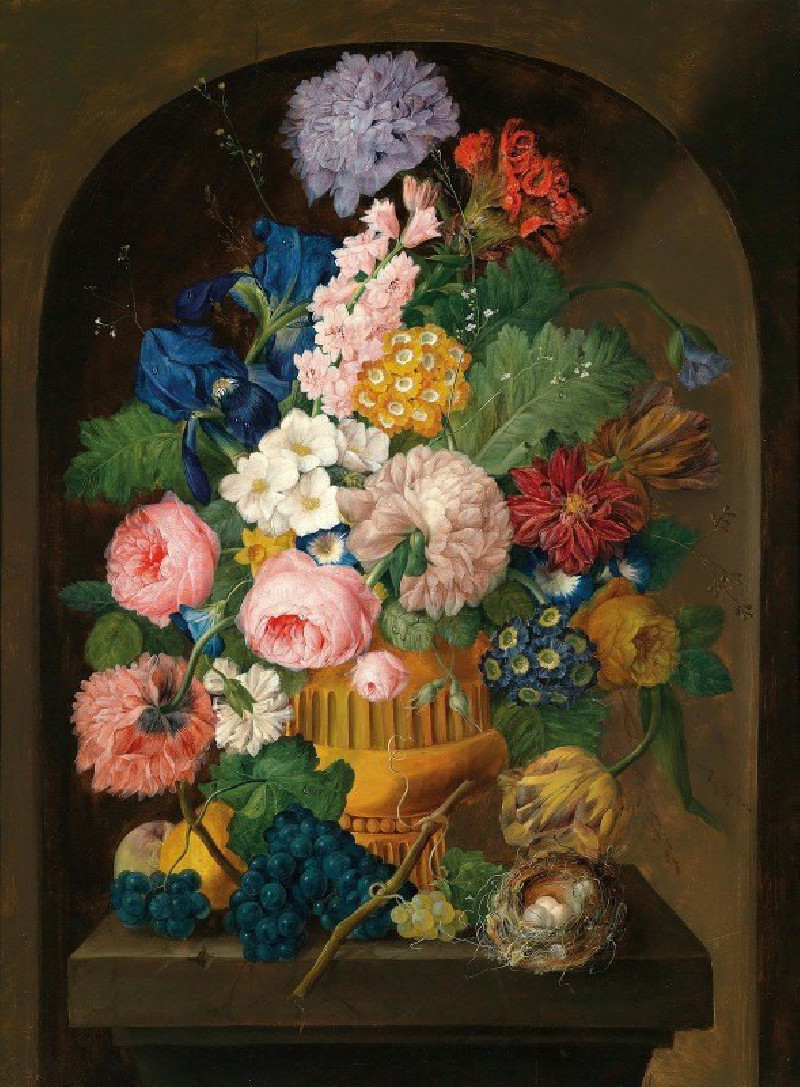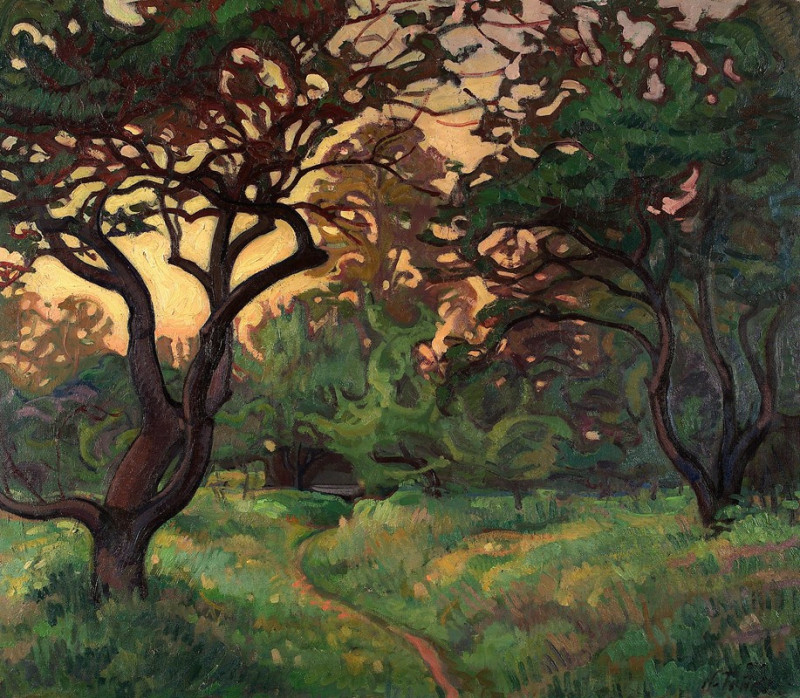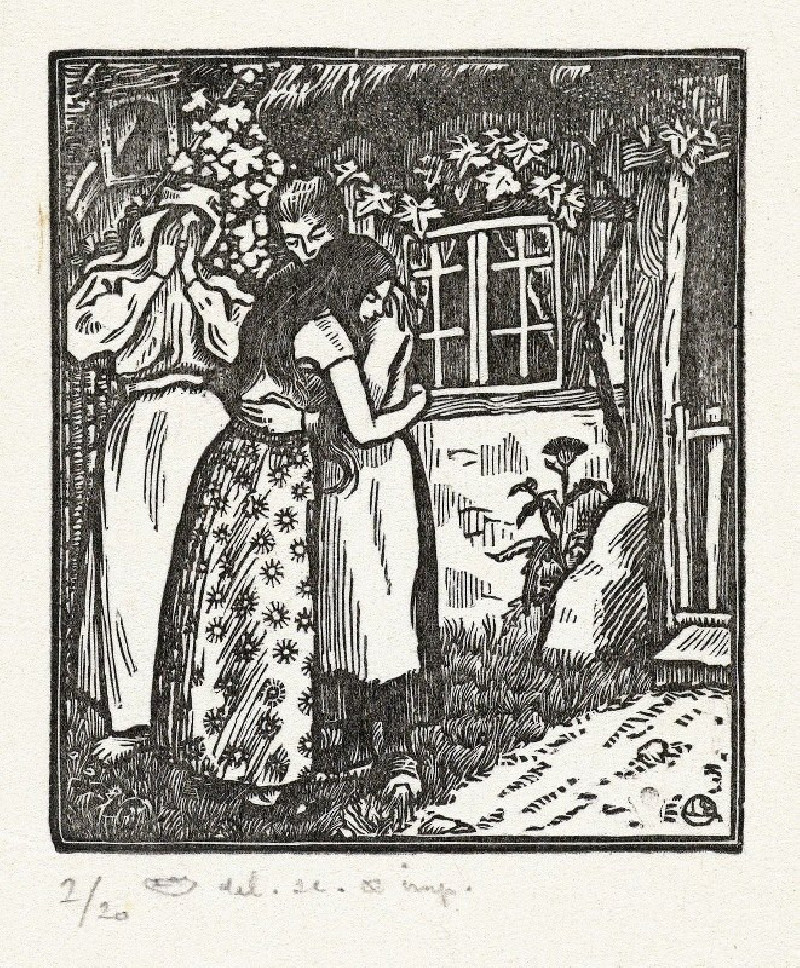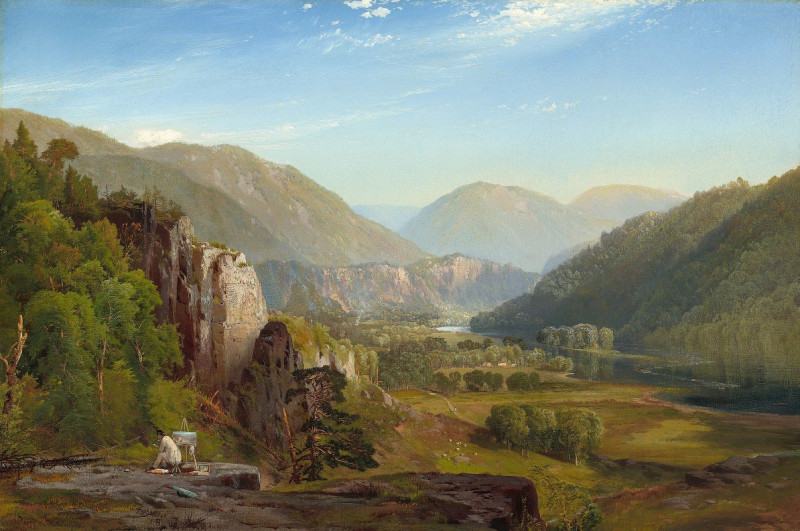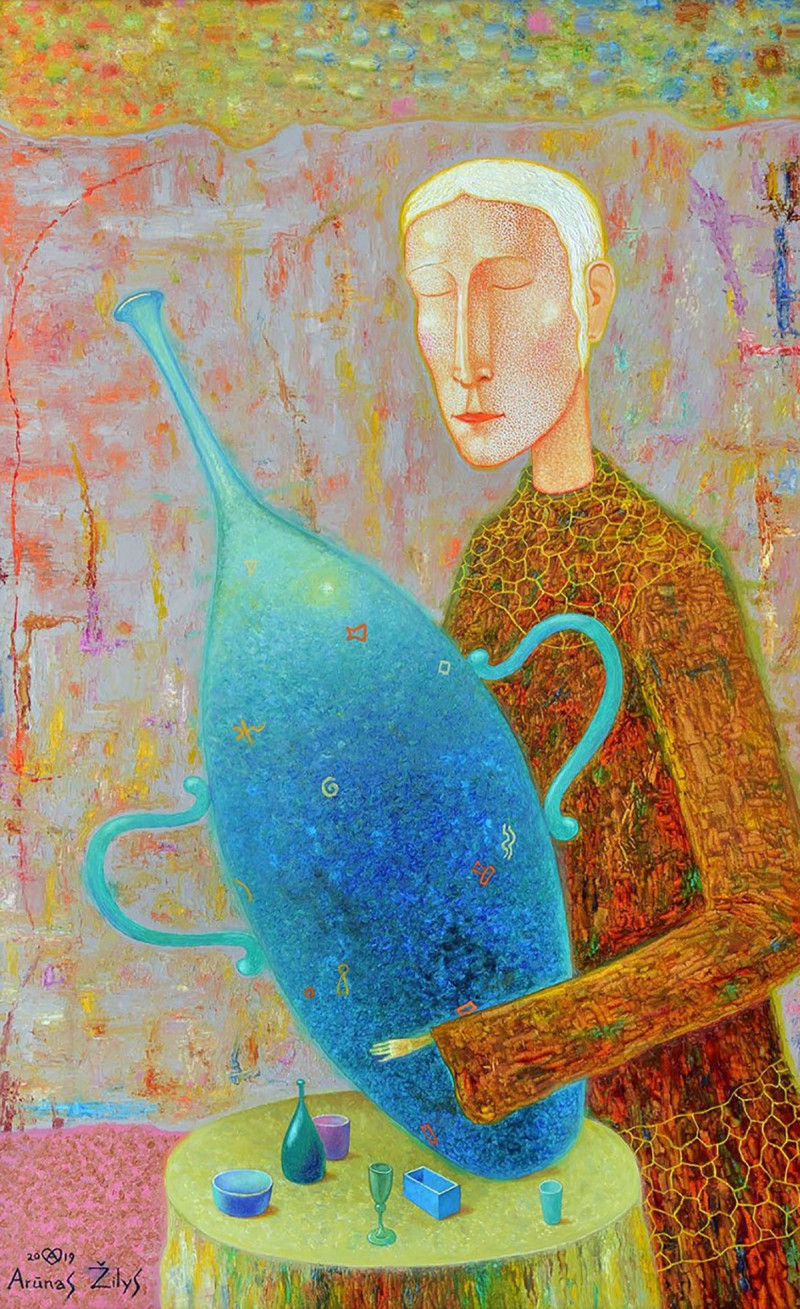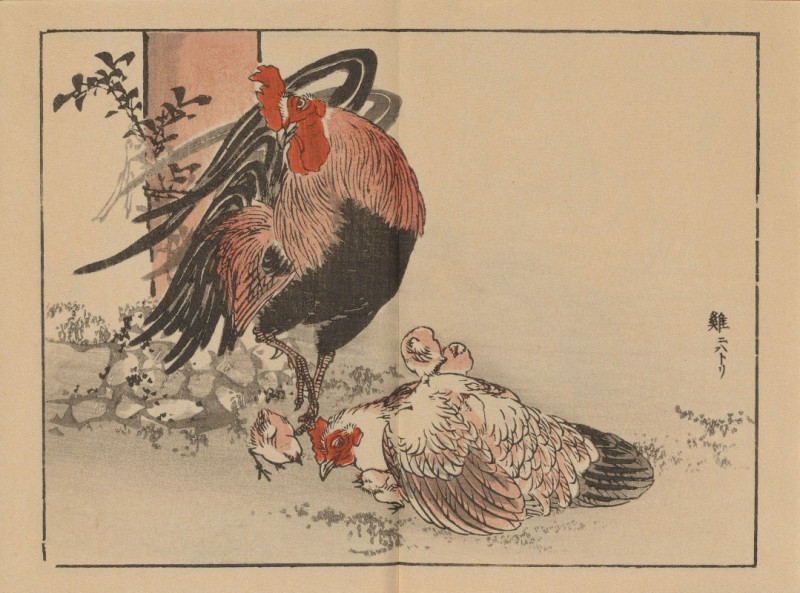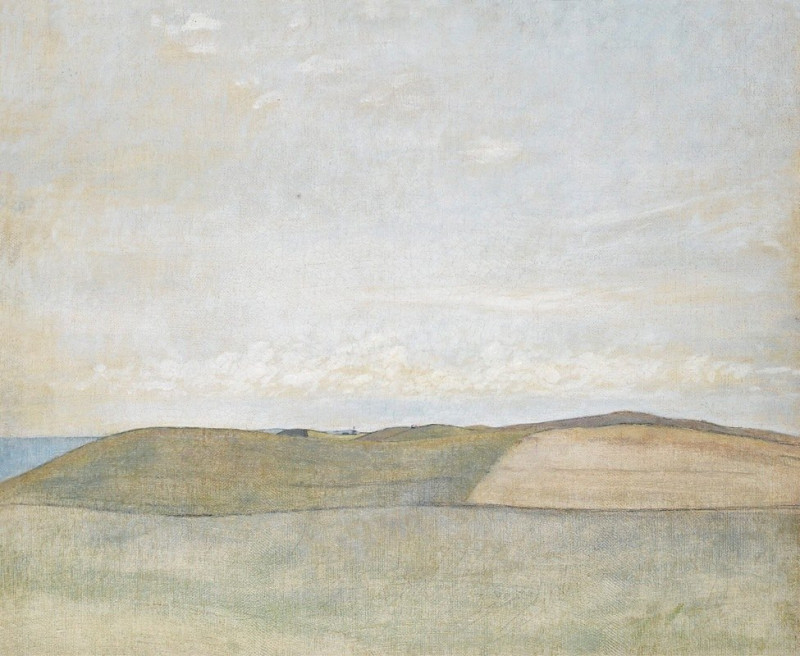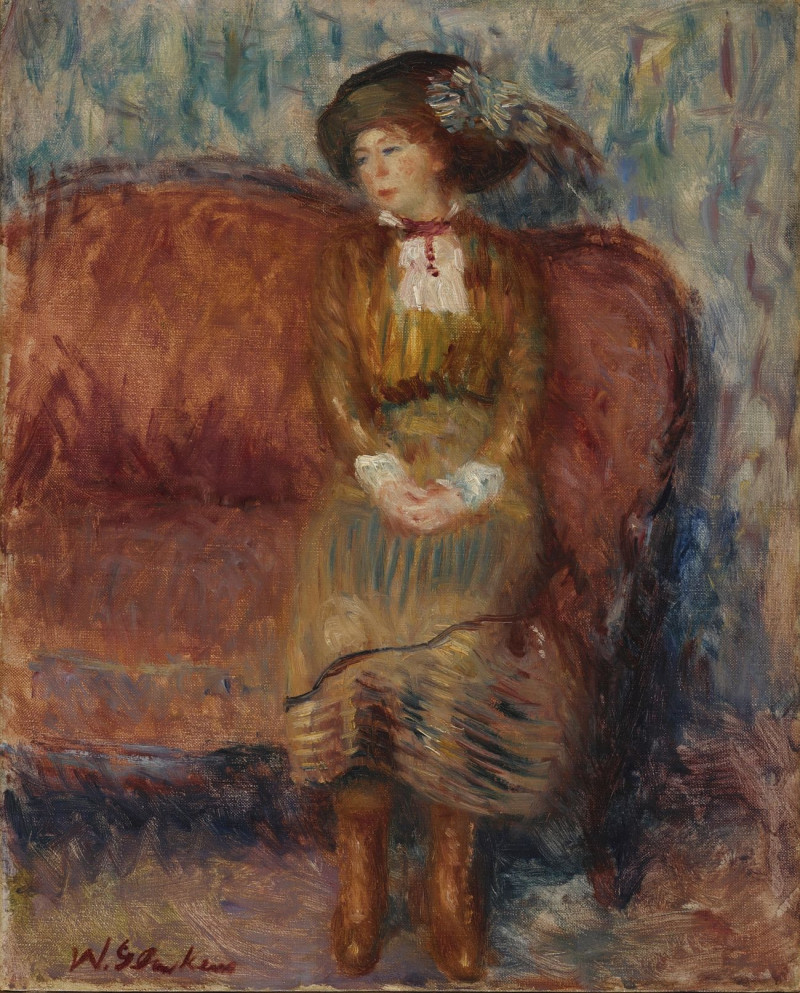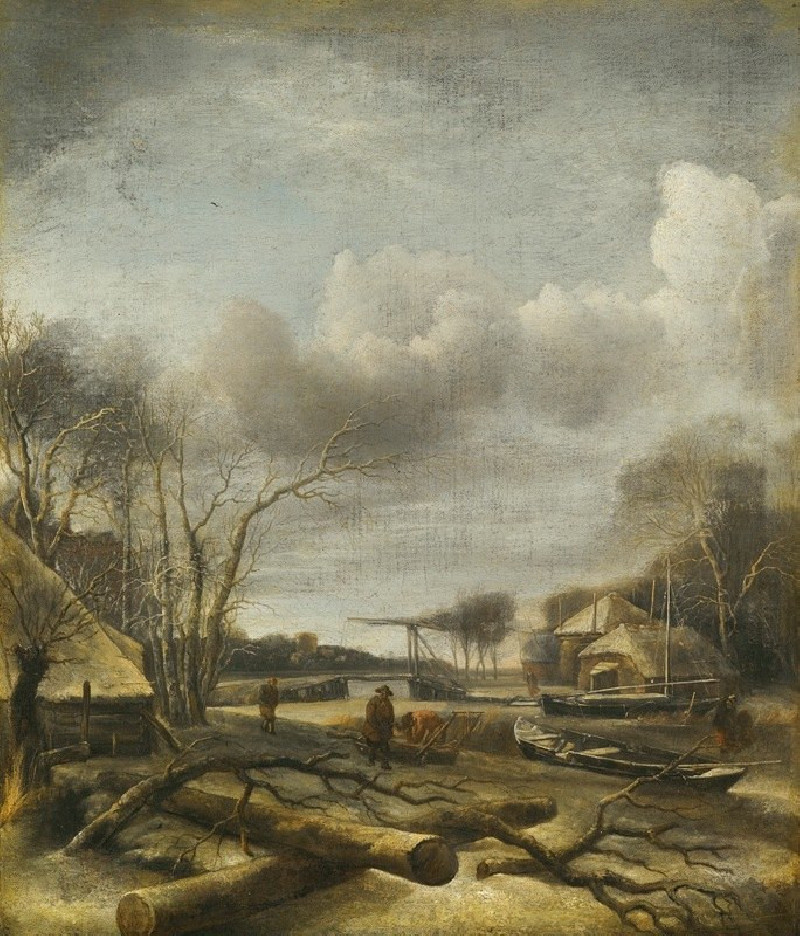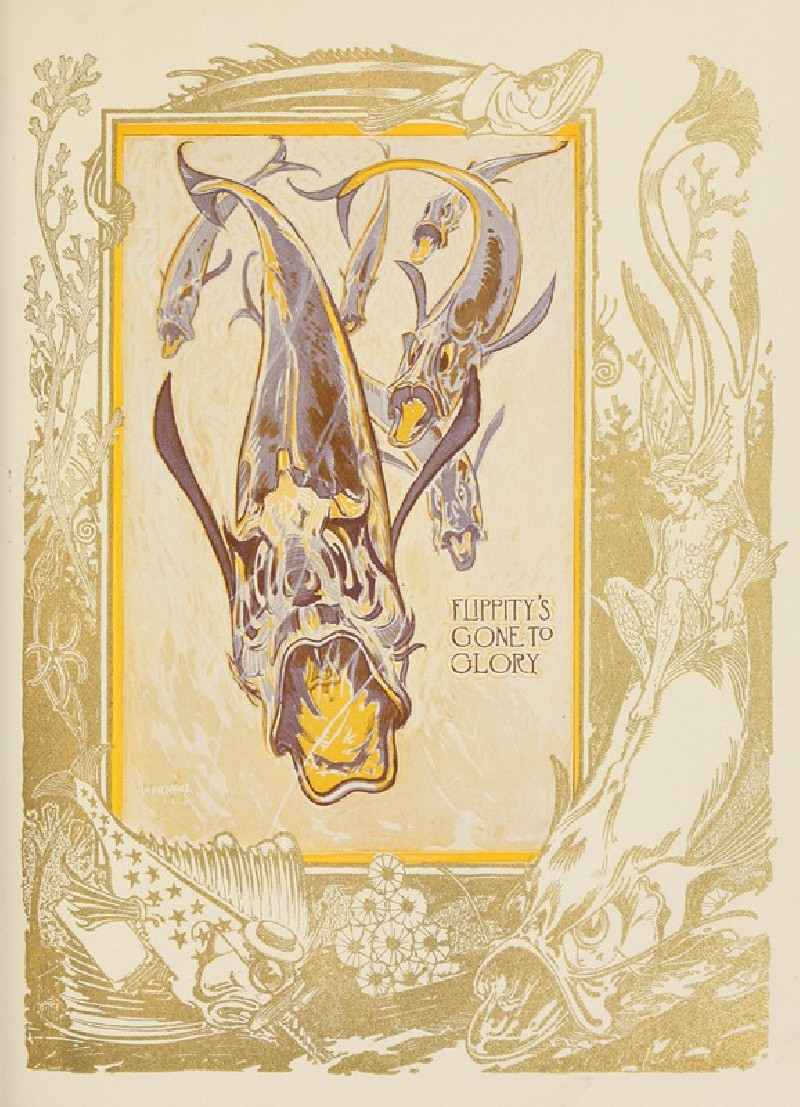The Laundresses (1899)
Technique: Giclée quality print
Recommended by our customers
More about this artwork
In the vivid strokes of Théophile Alexandre Steinlen's 1899 oil painting "The Laundresses," we witness a compelling snapshot of everyday labor and resilience at the turn of the 20th century. Set against an urban backdrop, the painting captures a group of women, the laundresses, immersed in their demanding physical work.Dominating the foreground, two women bend under the weight of large baskets brimming with laundry. Their postures, bent and strained, alongside their muscular arms and outfit details such as rolled-up sleeves and aprons, emphasize both their strength and the grueling nature of their task. Their focus is inward and downward, indicative of their concentration and perhaps their fatigue, painting a picture of hard labor that is as honest as it is unembellished.Behind these figures, the scene opens into a street lit by artificial lights, suggesting it might be dawn or dusk. More figures, also likely workers, move along or stand in groups—creating depth and a sense of ongoing, collective activity. The use of lighting contrasts and shadows skillfully highlights the primary subjects, drawing viewers' attentions and sympathies strongly towards them."The Laundresses" does more than just portray women at work; it immerses the viewer in the socio-economic context of its time, illustrating the toil behind urban life and the communal experiences of its most hardworking citizens. Steinlen's work is a poignant reminder of the invisible labor that underpins society, rendered with a deep sense of empathy and realism.
Delivery
Returns
Théophile Alexandre Steinlen, was a Swiss-born French Art Nouveau painter and printmaker.
Born in Lausanne, Steinlen studied at the University of Lausanne before taking a job as a designer trainee at a textile mill in Mulhouse in eastern France. In his early twenties he was still developing his skills as a painter when he and his wife Emilie were encouraged by the painter François Bocion to move to the artistic community in the Montmartre Quarter of Paris. Once there, Steinlen was befriended by the painter Adolphe Willette who introduced him to the artistic crowd at Le Chat Noir that led to his commissions to do poster art for the cabaret owner/entertainer, Aristide Bruant and other commercial enterprises.


